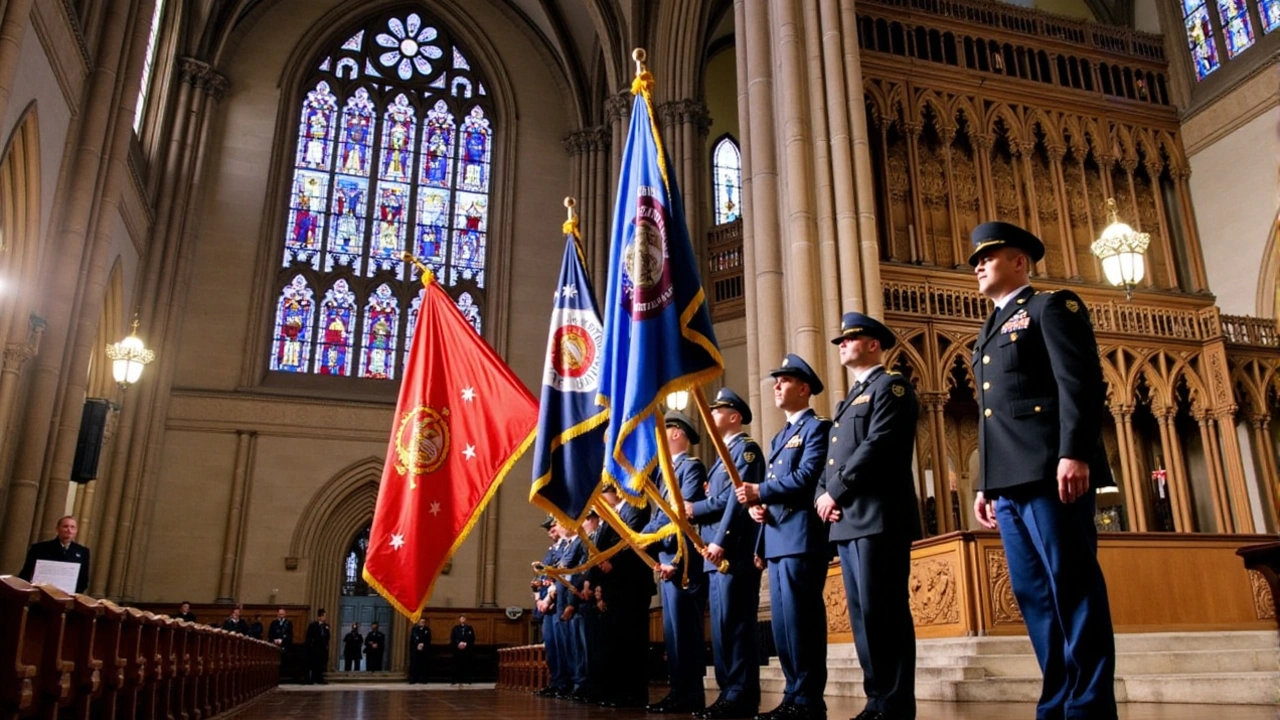Ceremony: How to Understand, Attend and Follow One
Ceremonies mark big moments — openings, coronations, funerals, or official launches. They show values, history, and power, and the way people act there matters. This page helps you spot the kind of ceremony, know what to expect, and follow coverage without causing offense.
Types of ceremonies you’ll see in the news
Public inaugurations and coronations: leaders and traditional rulers take new roles here. For example, the confirmation of Prince Abimbola Owoade as Alaafin of Oyo was covered as a formal installation with political and cultural implications.
Openings and launches: corporate ribbon-cuttings and branch launches blend business and ceremony. The Zenith Bank Paris branch opening was part celebration, part networking event — expect speeches, VIP guests, and photo ops.
Funerals and memorials: these are solemn. When high-profile figures pass, like Pope Francis, coverage focuses on rites, burial wishes, and the public response. Respect matters most at these events.
Sport and award ceremonies: medal presentations, trophy handovers, and club world cup moments mix emotion with protocol. They often include scripted speeches and planned media time.
How to attend or cover a ceremony without causing offense
Check the dress code. Ceremonies can require formal or cultural attire. When in doubt, go conservative and avoid flashy outfits that distract from the event.
Arrive early and know the schedule. Most ceremonies follow a tight order. Late arrivals disturb the flow and may miss key moments.
Ask about photography and phones. Some ceremonies ban cameras or expect muted phones. If photography is allowed, avoid flash during quiet moments and don’t step into reserved areas.
If you’re reporting, prep respectful questions. For funerals and sensitive rituals, prioritize accuracy and empathy. For openings or coronations, get background on the history and the people involved so your coverage adds value.
Follow live streams when you can. Not every event is public. Broadcasters and platforms often carry events live — think sports streaming guides or official feeds for big religious services. Live viewing is a good option when attendance is restricted.
Mind local customs. Ceremonial behavior varies by country and community. A bow, handshake, or head covering may be expected. Learning a few local rules shows respect and prevents awkward moments.
Take notes and capture names. Press releases often omit ceremonial details that matter later, like who offered a blessing or the order of speakers. Quick notes help when you write or share the story.
Ceremonies tell a bigger story about a place and its people. Whether you’re attending, watching online, or covering it for news, a small bit of preparation goes a long way. Keep respect first, know the rules, and you’ll follow any ceremony with confidence.
Honoring Heroes: Highlights from Duke University's Veterans Day Celebration
Duke University's 2024 Veterans Day ceremony paid tribute to U.S. military veterans. Held in Duke Chapel, the event featured music, reflections from leaders, and a speech by John Dailey, Duke's Chief of Police. Duke President Vincent Price and others expressed gratitude for veterans' sacrifices. The ceremony also highlighted the role of teamwork in military service and was attended by veterans from Duke Hospital's Clinical Engineering team.
